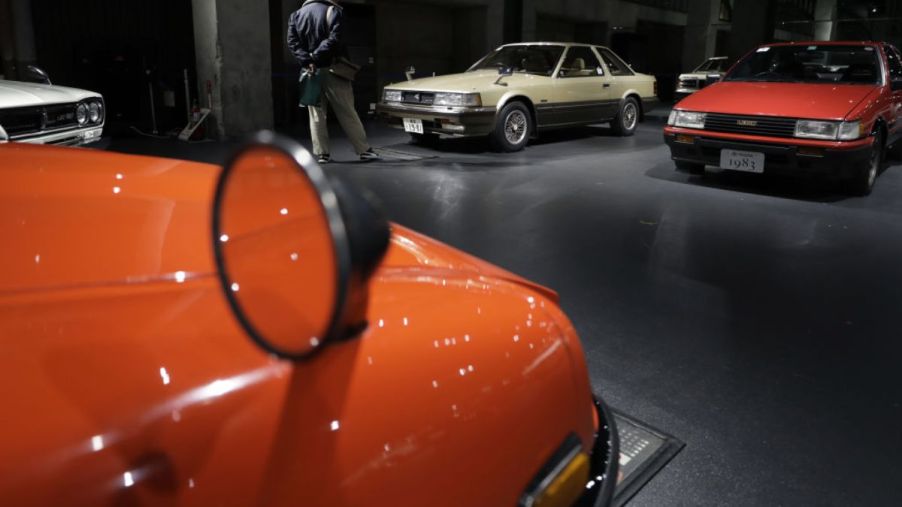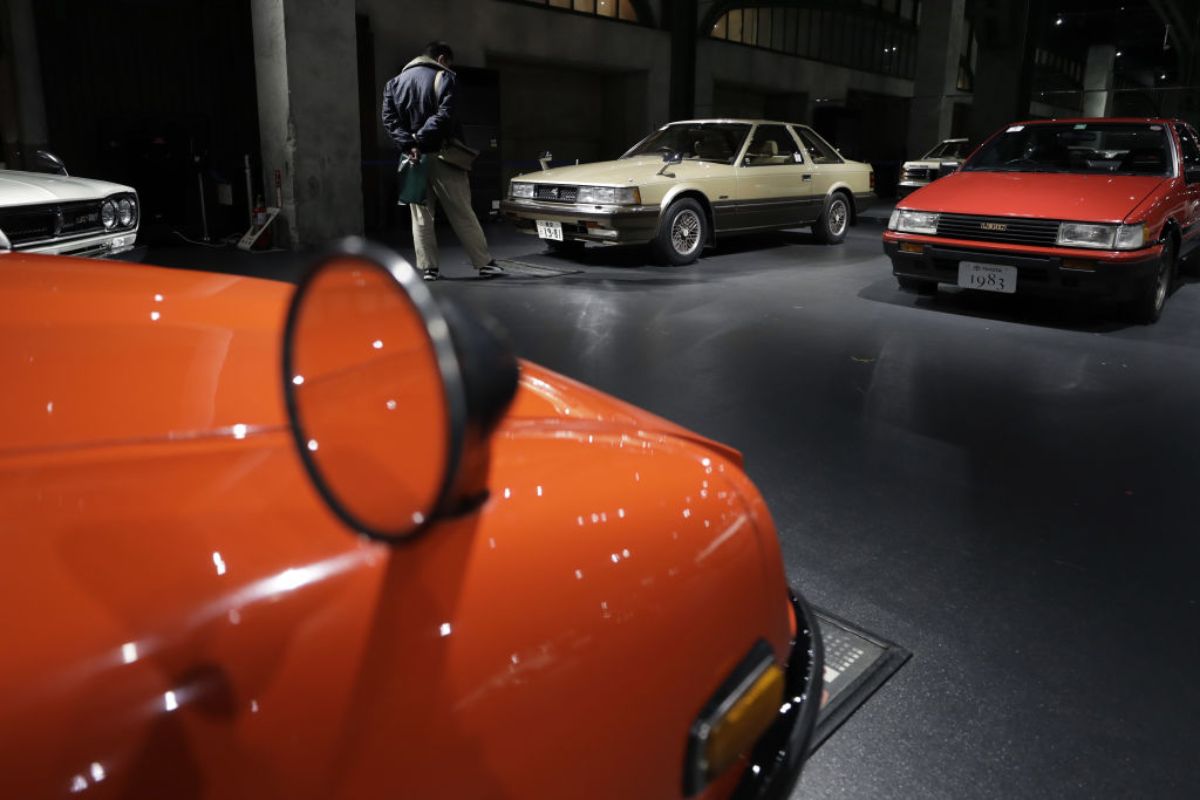
How Is the Toyota Soarer Different From the Lexus SC
The Soarer was a groundbreaking vehicle for Toyota upon its initial release in the ’80s. The Soarer, which was Toyota’s flagship personal luxury grand touring coupe of the time, had a fantastic combination of technology and performance that genuinely was decades ahead of its time.
As the Toyota Soarer developed, an interest sparked overseas when Toyota’s luxury brand, Lexus, needed a personal luxury coupe of its own. Thus, the SC300 and SC400 were produced. Though these sports coupes look nearly identical at first glance, is there any difference between the JDM Toyota Soarer and Lexus SC?

The Toyota Soarer—predicting the future
According to Cars-Directory.net, the first generation Toyota Soarer was introduced at the 1980 Osaka International Motor Show. This original Soarer was a personal luxury vehicle outfitted with rear-wheel drive, Macpherson front struts, and a variety of engines including a dual overhead cam inline six-cylinder engine. This Soarer was also equipped with a touchscreen that controlled air conditioning, as well as a digital dashboard.
If this type of car sounds familiar, you would be correct. Just about every luxury sports car on the market today is outfitted with a luxury, tech-forward interior with sports car-like suspension and drivetrain.
As the Soarer entered its second generation, it ended up sharing a platform with the Toyota Supra, and for the third generation, became its own international personal luxury vehicle.
The Lexus SC is born
In the early ’90s, Toyota sought to market its Soarer to a wider, international audience. To help kickstart this marketing, Toyota commissioned its California-based design studio, Calty, to design a luxury coupe that would be a hit around the world. The product of Calty’s work was the third-generation Toyota Soarer, which would be sold in America as the Lexus SC400 and a year later, the Lexus SC300.
This Lexus SC400 was first released to the public in 1991 as a 1992 model and featured a 4.0L V8 engine. The smaller Lexus SC300 was released a year later in 1992 and was offered a 3.0L inline six-cylinder engine.
While both the SC300 and SC400 were sought after, the SC300 was slightly more popular with enthusiasts due to its standard manual transmission. The SC400 on the other hand was only available as an automatic, severely limiting the performance of its V8 engine.
What were the main differences between the Toyota Soarer and Lexus SC?
If you are a Japanese Domestic Market, or JDM, purist, you will be relieved to find out that the third-generation Toyota Soarer and the Lexus SC were essentially the same. The main differences can be found in the interior of the cars, where the Lexus SC had analog gauges and left-hand drive, while the Soarer had right-hand drive and a digital gauge cluster.
These differences continued with features like power-folding heated side mirrors and adjustable rear seat headrests available in the Soarer, but not with the Lexus SC.
The biggest difference, however, was an engine option. The Soarer was available with a twin-turbo 2.5L inline six-cylinder lifted directly from the Supra at the time.
The modern-day Lexus SC
While the Lexus brand enjoys continued success today due to its early innovations like the SC, the modern-day equivalent of the SC can be found with its parent company, Toyota. The SC was a luxury performance sports coupe with tech-forward features, just like its successor, the Toyota GR Supra.
With a coupe body style, an inline six-cylinder engine, and a combination of luxury and performance features throughout, the legacy of the Lexus SC lives on in the modern GR Supra.



